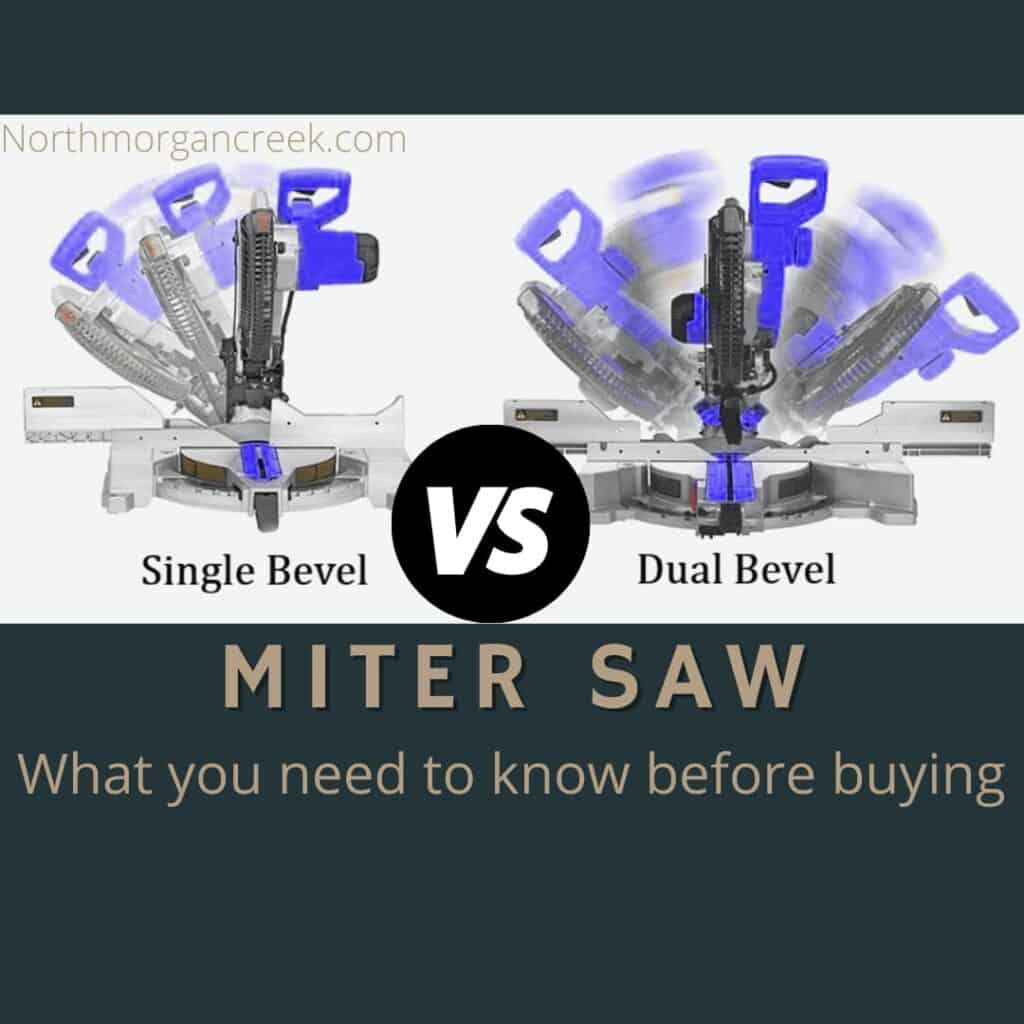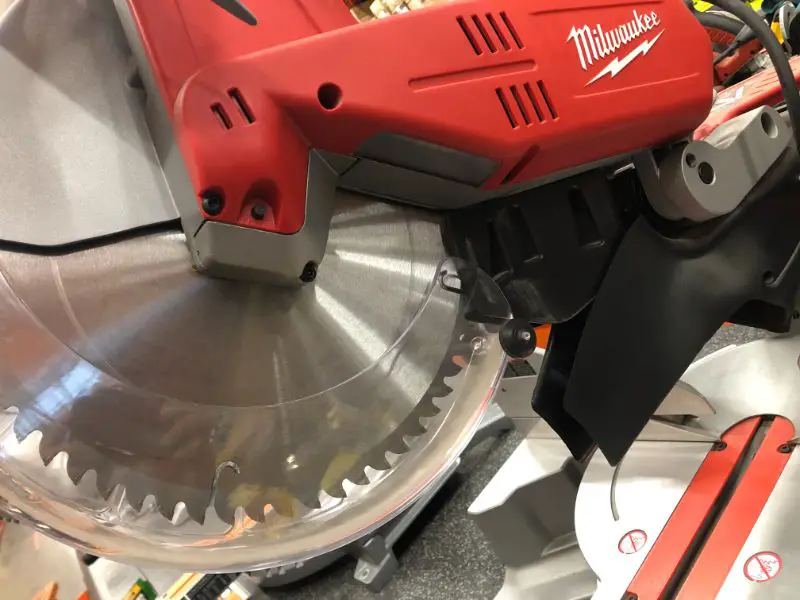Even if you aren’t a professional woodworker, there may come a time when you need to make an angled such as when installing quarter round into your home.
The typical go-to tool for this type of project would be a miter saw — but what do you do if you don’t have a miter saw?
Don’t worry. You don’t have to run out to buy a miter saw. There are alternative options available to you. The most common and easiest alternative is a miter box and hand saw. Alternatively, a table saw can be used to cut quarter round as well.
What is a Miter Box?
A miter box is a tool that keeps your cuts true, both straight and at an angle. It is a pre-fashioned box with various slots cut into it.
These slots act as guides for your saw so that you can perfectly cut at 90-degree and 45-degree angles. You should be able to find a very affordable miter box at your local hardware store.
Pro Tip: Miter boxes are a great option for smaller indoor spaces because they minimize noise and sawdust since they are used with a hand-powered saw.
Miter boxes typically come in three different designs:
- Molded Plastic: This is the typical miter box that you would find at your local hardware store, home center, or even on Amazon. Considered an entry-level box, this type is very affordable while being user-friendly.
- Contractor Grade: If you are planning on using your miter box a lot, you may want to move to the next level and purchase a higher-quality model. A contractor grade miter box generally offers a wider spectrum of angles and is made from machined metal. The extra durability and strength allow you to do more with your miter box.
- Fine Woodworking: If you are working on decorative pieces or cutting easily damaged wood, a fine woodworking miter box will be most appropriate. This is a smaller tool that is meant for stock that would be damaged if cut with coarser teeth or even a rotating power tool blade.
How Do You Cut Quarter Round with a Miter Box?
Using a miter box to cut quarter round is pretty straightforward. First, you will need to clamp down your miter box to your cutting surface to ensure that it is secure before doing any cutting.
Next, you will need to measure your cut — a carpenter’s square will do the trick — making sure to account for the long end of your miter.
Once you are secure and measured, you will place your quarter round in the box making sure to orient the piece appropriately for your cut. Clamping down your quarter round will ensure that your wood doesn’t shift while cutting.
Start by scoring your cut line at your pencil mark with a few light passes. When you are confident you are lined up correctly, you can add more effort, cutting through the wood.
How To Cut Quarter Round with a Table Saw
If you have a table saw in your workshop, you can use that to cut your quarter round. You will want to start with accurate measurements, marking your piece of quarter round at the spot you want to cut your angle.
A table saw is generally set up to cut at a 90-degree angle, but most can be adjusted to cut at other angles. There is usually a lever or wheel in the same area of your saw where you adjust the blade height. If you are unsure of where to find this lever or wheel, you should consult your owner’s manual. It is a good idea to do a couple of test cuts on scrap wood to ensure that you have the desired angle before working with your quarter round.
Pro Tip: Always use a crosscut sled or a sturdy miter gage that fits your saw, and make sure the quarter round is supported to avoid kickback or injuries.



